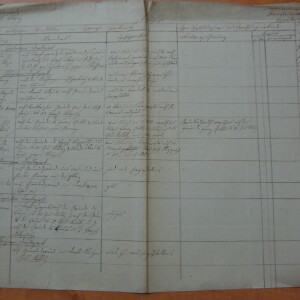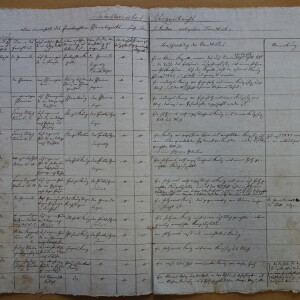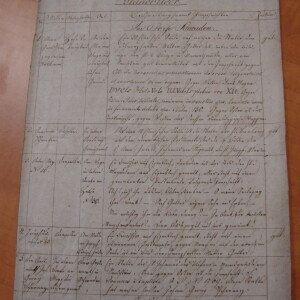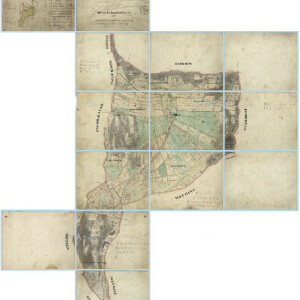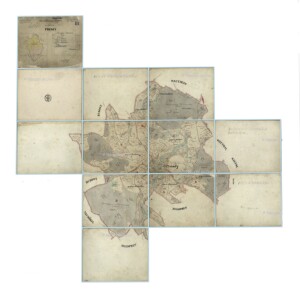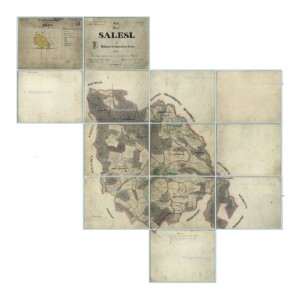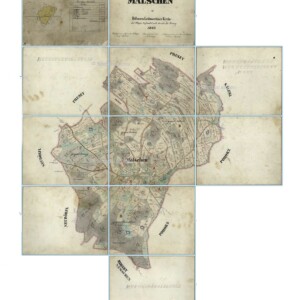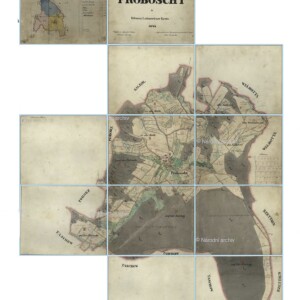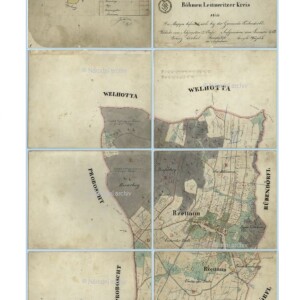This part of the project focuses on capturing historical documents for mapping and documenting small sacral monuments in the Malečov region. These documents may help determine their location, founder, and time of origin and provide insights into their form if they have not survived or only partially remain. According to the certified Methodology for the Documentation of Small Monuments, small sacral monuments include crosses, wayside shrines, niche chapels, and sculptural monuments. Chapels that can be entered are no longer considered small sacral monuments, yet they also receive well-deserved attention. The Methodology for the Documentation of Small Monuments (hereinafter referred to as the Methodology) was developed by a team of authors: Petr Hrubý, Eva Altová, and Antonín Kadlec, and published in 2015 by the National Heritage Institute, ÚOP Ústí nad Labem, together with the Faculty of Arts, UJEP Ústí nad Labem. The Malečov region is further specified in the ABOUT US section.
Parish Office Inventories
The historical records consist of inventories compiled and maintained by the respective parish offices in the 1930s and later years of the 19th century, and in some cases, also in the early 20th century. The reproductions of archival materials shown here are published with the permission of the Bishopric of Litoměřice. The original archival materials are held by the Roman Catholic parish of Proboštov, the Roman Catholic parish of Třebušín, the Roman Catholic parish of Církvice, and the Roman Catholic parish of Svádov. Translations into Czech were provided by an expert from the National Heritage Institute.
Click on the corresponding inventory to view individual sheets.

